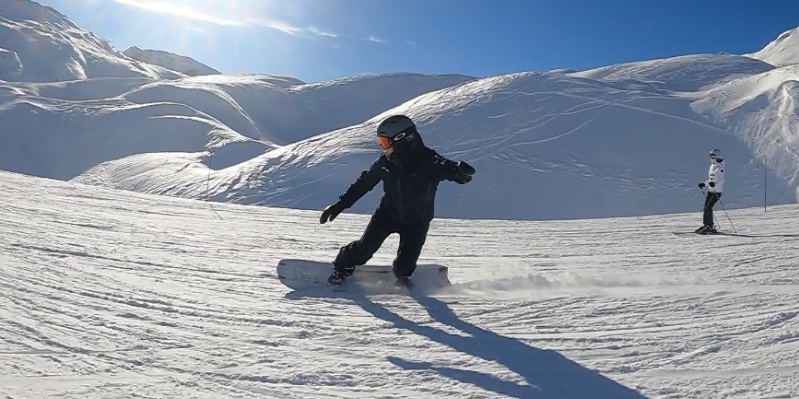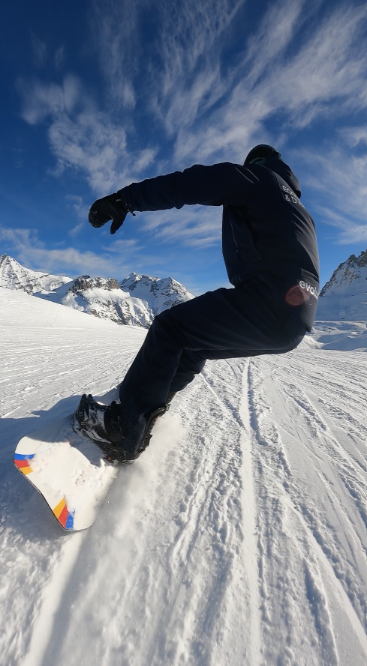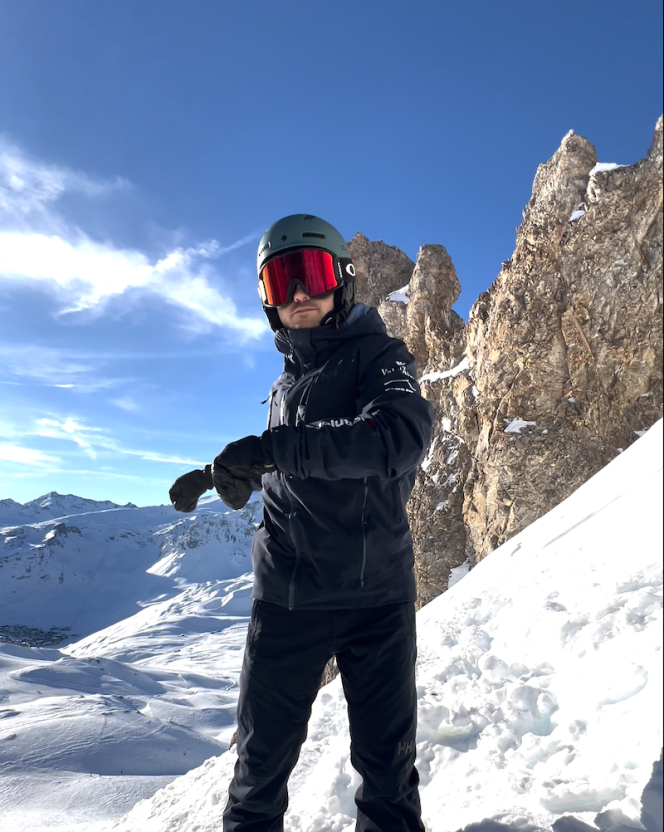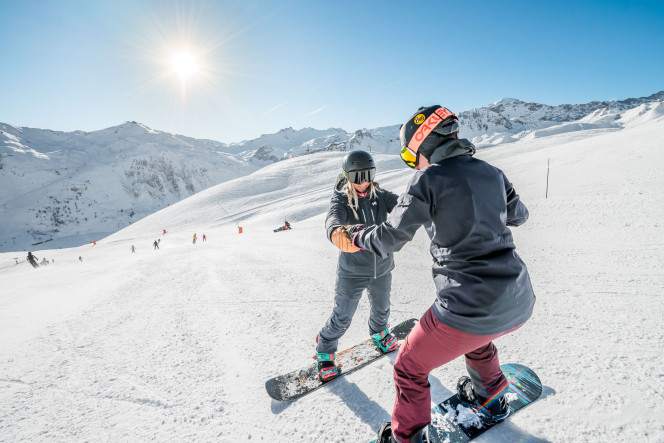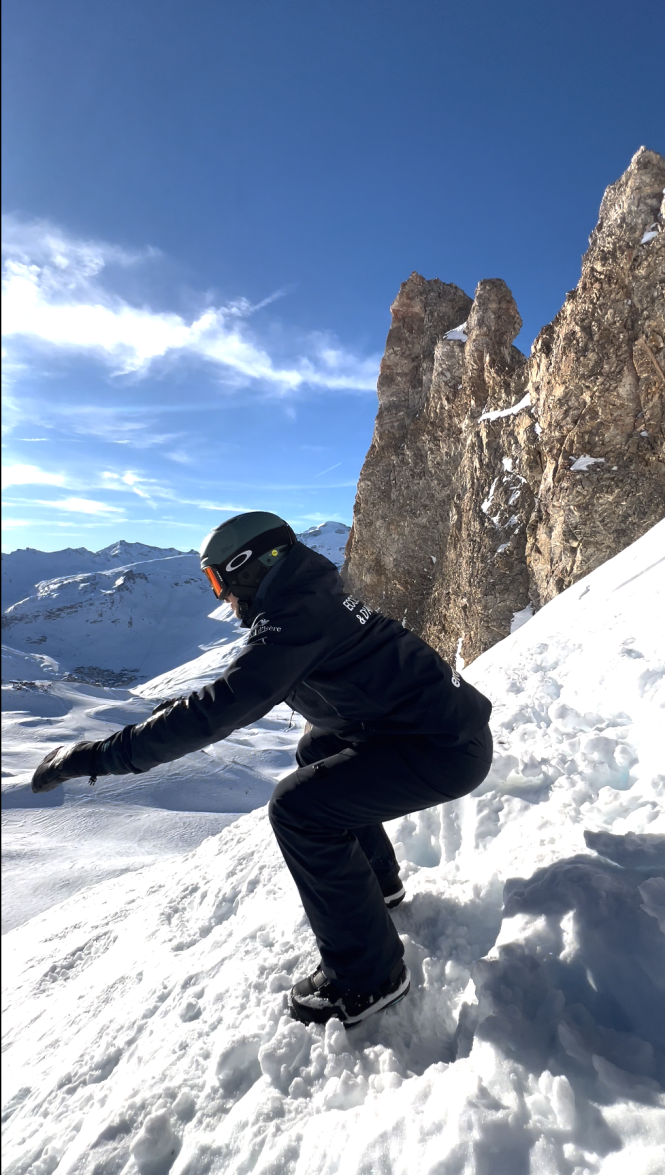We've always heard people around us say "yes, but snowboarding hurts". Well, not necessarily! Snowboarding is one of the world's most popular winter sports. If snowboarding were any more traumatic than skiing, the sport would have stopped a long time ago. Snowboarding remains a sport. And like all sports, it requires a little preparation before getting started. Take soccer players, for example: they don't go out onto the pitch cold. They've prepared their bodies to take the strain. Snowboarding may seem less physical than a soccer match, so you might think it's just another way of getting around the slopes, but you'd be wrong!
Unlike traditional skiing, where you stand on two separate boards facing the slope, snowboarding involves having both feet on a single board and sliding across the slope. This position may seem counterintuitive at first, and requires balance and specific coordination. A wide range of factors have to be taken into account during your descents, involving the use of different muscle groups and the recruitment of different energy sources. For this system to function properly, you need to wake it up to respond optimally. The result will surely be your first back-side and front-side turns, or your first 540 back mute. It's worth noting that beginners are advised to take lessons to help them learn the basic movements.
Enough blathering, let's get down to the warm-up. The following protocol is performed from head to toe, but you can adapt it according to the order you wish, or if other movements seem more relevant to you. We don't claim to be the best warm-up experts. It's just the routine of instructors who've been riding for years and for whom it works.


